Overview
One of the great deities of Hinduism is Lord Shiva. The word Shiva means auspiciousness and prosperity- bestowing principle. The reverse of Shiva is Vash meaning to enlighten; therefore the one who enlightens is Shiva. Shiva is absolute, self-radiant and illuminates the world. It is interesting to learn about the physical features of Lord Shiva in some of the commonly known forms, which will also throw some light on the importance of Rudraksha. In the physical form, He is associated with the following:
Ganga
The stream of consciousness of Ganga comes from the combined energy of Brahma, Vishnu and Shiva. The energy has its origin in the toe of Vishnu and then is collected by Brahma and given a charming divine form. She is cursed by Durvasa Rishi for her impertinence and is forced to descend from the higher lokas to Earth as a river. Before Ganga descends on Earth, she is held captive in the hair locks of Shiva and becomes charged with the energy of Shiva. She thus possesses the combined energy of Brahma, Vishnu and Shiva. In her journey to Rishi Kapil’s hermitage, where she meets the ocean, she is swallowed by Rishi Janu and becomes purer than before.

It has been scientifically established that Ganga water does not decay even when stored for a very long time. It is kept in all Hindu homes and one wishes to have this water at the time of one’s death. Most of the immortal Hindu scriptures have been written on the banks of the river Ganga.
Moon
Shiva adorns Chandrama (moon) on his forehead. Chandrama has absorbed the frequencies of Prajapat, Brahma, Vishnu, Minakshi and Shiva and imparts them to others along with the energies of Indra. “The one which gives pleasure” is the meaning of Chandrama. It gives affection, mercifulness and motherly love. It is also known that Moon (Som) is responsible for the growth and internal powers of all herbs. It, therefore, plays an important role in the survival of humans and in keeping them happy. It is a powerful ornament adorned by Lord Shiva.
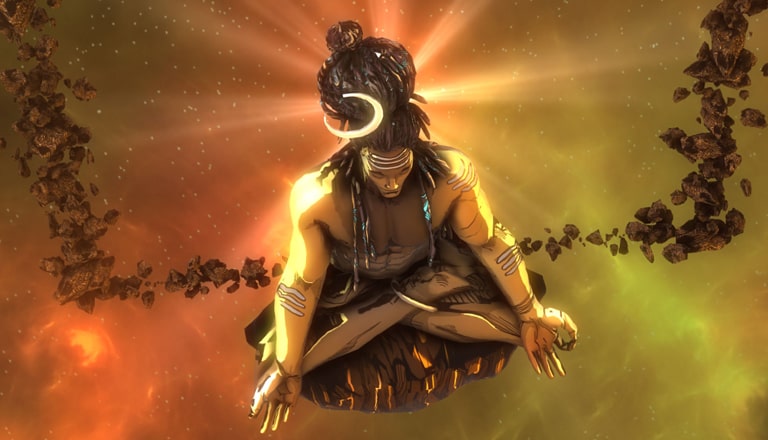
The Third Eye
The Third Eye of Shiva is located above the middle point of the eyebrows. It is also the greatest seat of extrasensory energy and is endowed with names such as Vyaspeeth, Jyotirmath etc. Chandra, Arka and Vaishvanar are the three eyes of Lord Shiva. Arka is the sun from the ajanaj region (lok) while Vaishvanar is the Sun from the karmadev region. Therefore, Shiva can view everything in the universe. He can perceive events in the past, present and future as well. In yog science, it is called the Cushman channel (Nadi). The ajna chakra gets activated by the Third Eye.
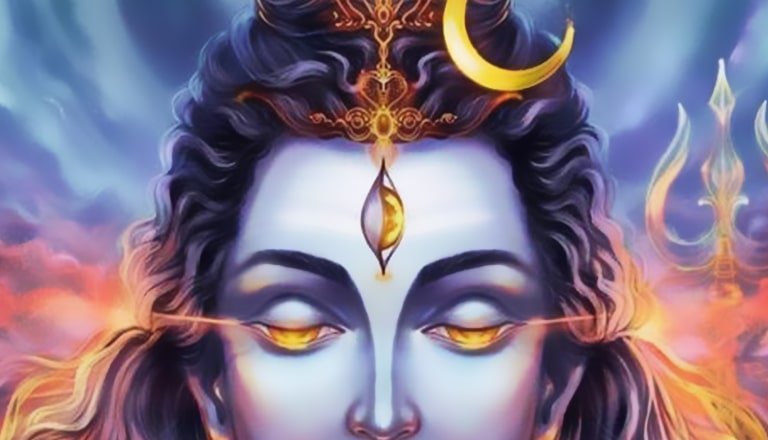
Also read-: How to please Lord Shiva?
The Serpent
Serpents are ladders in the yog science whereby the Sadhak holds the tail of the serpent and climbs up. Shiva adorns serpents at nine sites on his body – one on the head, one around the neck, one on each arm, one on each wrist, one around the waist and one on each thigh. These nine serpents are referred to as Navanarayan and also Navanaths (The nine saints of the Nath sect have originated from these nine serpents.). The path of activation of spiritual energy (Kundalini yog) indicates that five serpents wander in the body as five vital energies. Other four serpents are also needed to achieve success in the spiritual path.
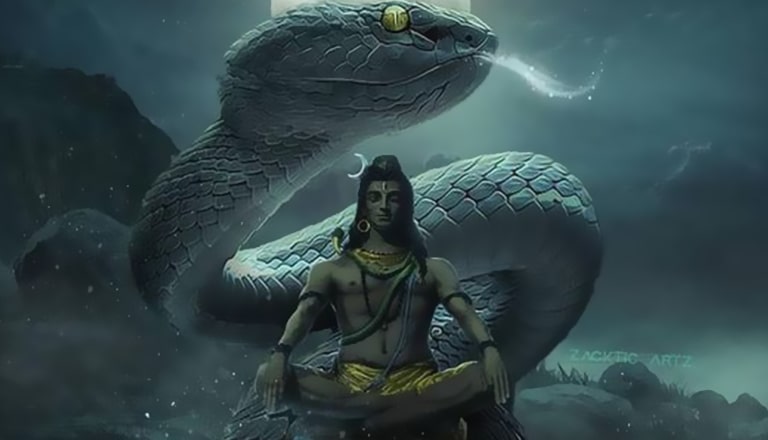
Holy ash
All those who take birth blend with ash. Bhasma is the ash of the one who is born. In Shiva pooja, the application of bhasma on the body after bath is a desired ritual. Human ash is applied to Jyotirlingas. This gives the message that our physical body is not real, it is fake and it has to go. The holy ash derived from the fireplace of an Agnihotra is the purest one. Agnihotra people keep fire burning all the time during their lives.

Vibhuti is a synonym for holy ash. It is used to guard the directions as self-protection. Ashes of gold, pearls, etc., are used in Ayurved for medical applications to cure diseases.
Tiger skin as a garment
Tiger skin represents rajas and tamas attitudes and Lord Shiva wears this skin as a garment. It is to establish that the mind must follow the satvik mode with purity only to achieve peace and tranquility.
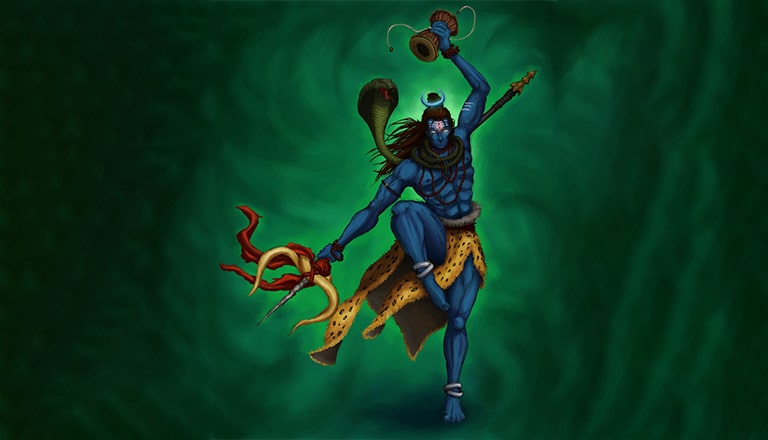
Flowers of Dhatura
Dhatura is a wildflower having intoxicating properties but appearance it is beautiful. The use of this flower only indicates in the same feature of rajas and tamas and that Lord Shiva symbolises the power to capture all that is harmful to ordinary people. He had swallowed the poison that came out of the churning of the ocean by the Devas and Asuaras, because He found that this poison would destroy ordinary people and for their survival, He drank it and kept it in His throat giving blue colour to this part of his body. He is thus known as Neelkanth.
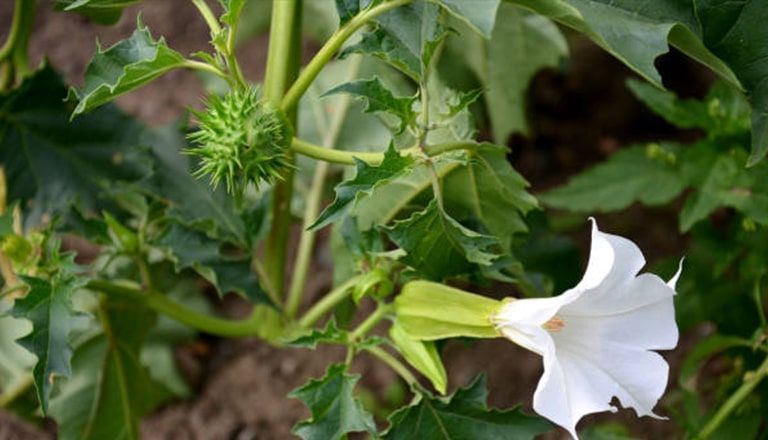
Damru
It is a musical instrument and resembles a hand drum with two strings and drubbing balls. Sounds from this drum had created the Maheshwar sutras, which are also known as the 14 pratyahars of the Sanskrit language. (Sanskrit is based on sound form and is the only correct basic language in this universe There are 49 types of Marut (wind) and with each wind form a special letter of the Sanskrit language is formed. (Sixteen letters of swar (sounds), 33 letters of vyanjan (vowels) and one special vowel letter make up the 50 letters of this powerful language.
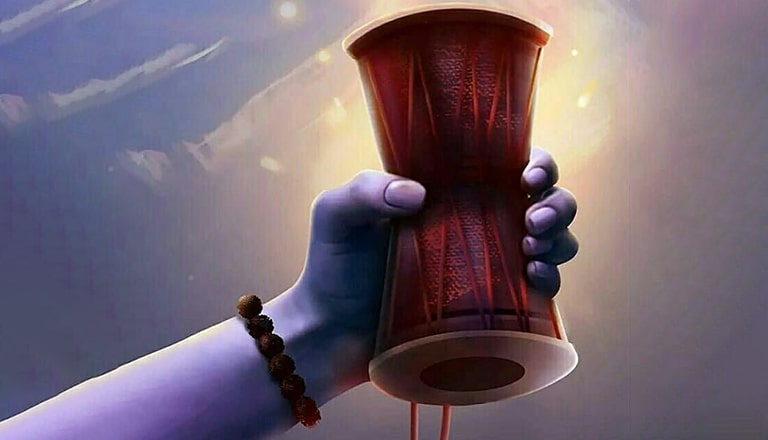
The Sanskrit language has the power to express divine laws more rationally and even in the materialistic world it can be a unifying force to bring all conversations on one platform. It is a very scientific and complete language, which did not get its due place. While it is not likely that it will ever get its due place in the future, it should not be allowed to become sick further. If the origin and purpose of the earth is to be understood correctly, Sanskrit should not be allowed to extinct.
Also read-: Different forms of Lord Shiva
As Pashupati, Shiva adorns pinaka (ajagava), Parasu (axe), Pas (sling), Yog Dand, Trishul, Fire and khatwang (skull stick). In all His forms, He wears Rudraksha Malas. This is an essential part of His ornaments. The Rudraksha malas decorate his wrists, neck, biceps and headgear.

The above description is helpful in understanding one fact like all chosen ornaments of the Lord, rudraksha has a meaningful application and it is from a power class.







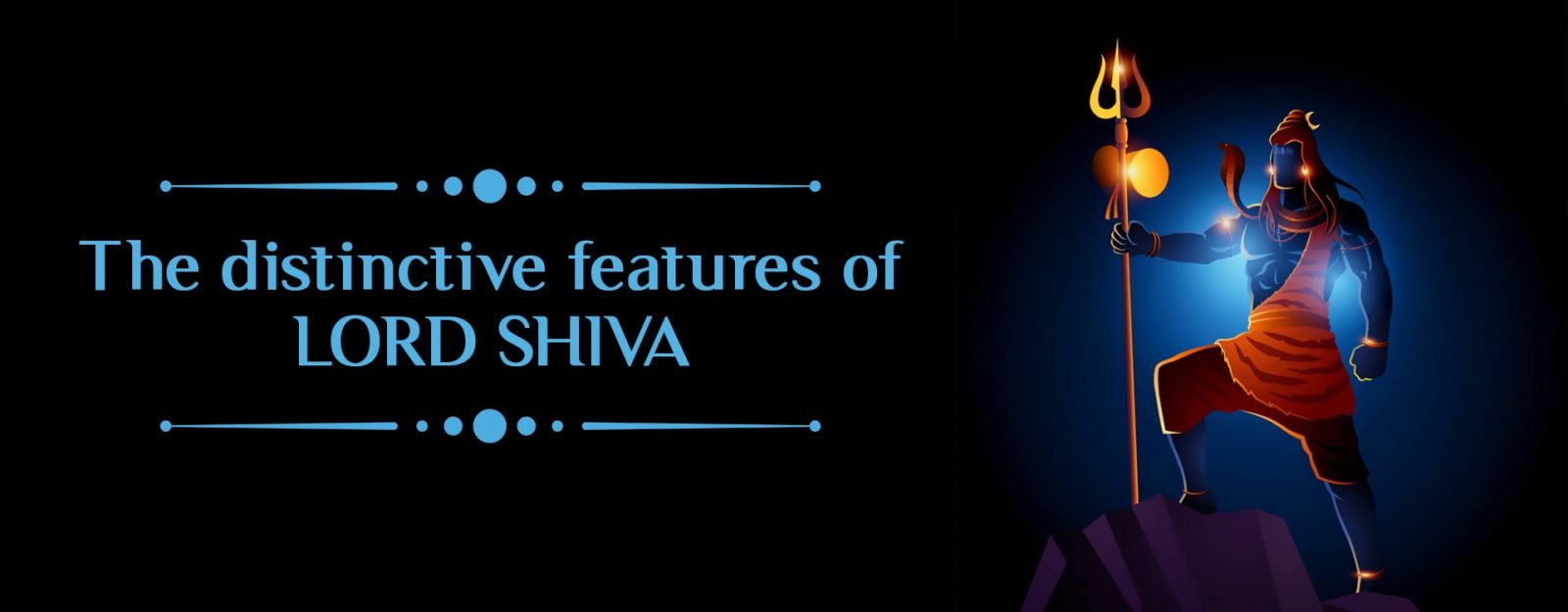
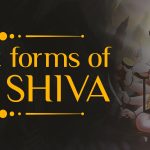
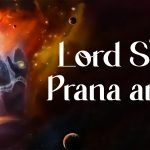
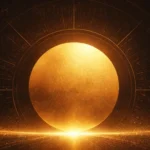
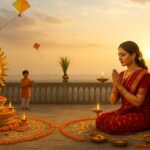
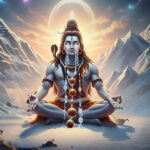
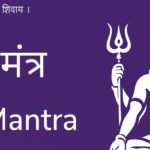
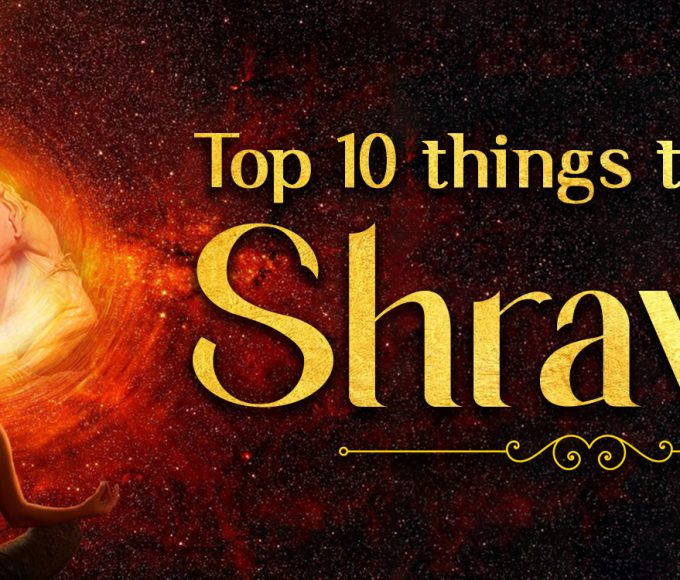

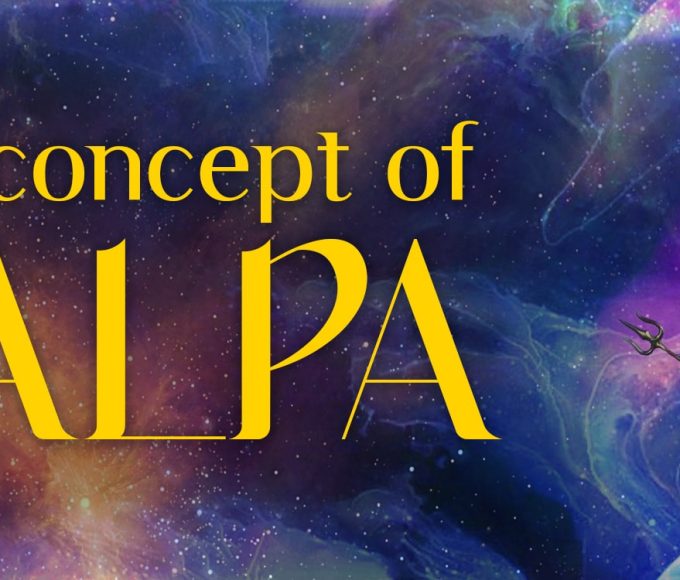

Leave a comment